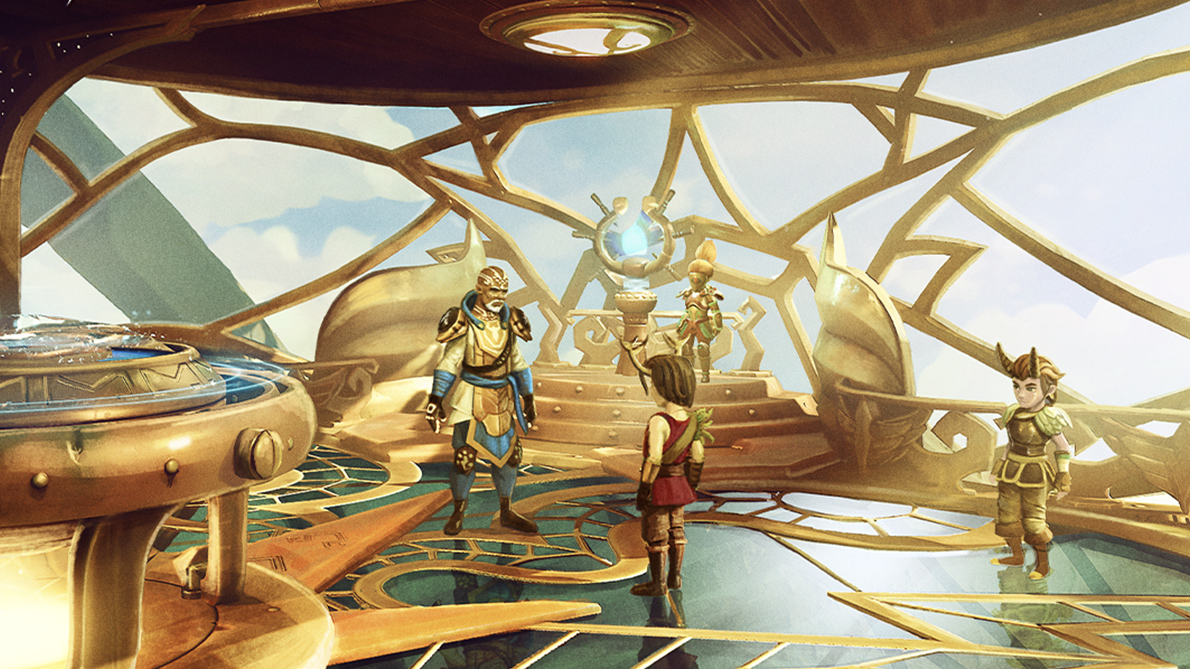
Cloudborn is a new game being built on advanced generative AI, and it sounds incredibly fascinating, with the potential to rethink how future games are made and played as its in-game characters will learn and remember how you treat them, and develop personalities base on your actions.
While many game developers are toying with AI, Sweden's Antler Interactive is showing how generative AI can be used to enhance game design, develop 'living' characters and create more believable worlds. Generative AI is already being used by indie devs to aid coding and speed up development, but to use this technology to develop lifelike personalities feels truly 'next-gen'.
Cloudborn is using advanced generative AI and blockchain technology to create a truly living open world for players to explore. Every character in Cloudborn will remember how you treat them, what you say to them and the way you behave around them. Your interactions with the game's non-player characters (NPCs) will grow those character's personalities and be stored on a blockchain as metadata, which can then be transferred to other players as NFTs.
The promise is that both generative AI and NFT blockchain tech is being used to create a living, reactive community-led world and it feels like we're finally discovering a game design use for this often controversial but powerful tech.
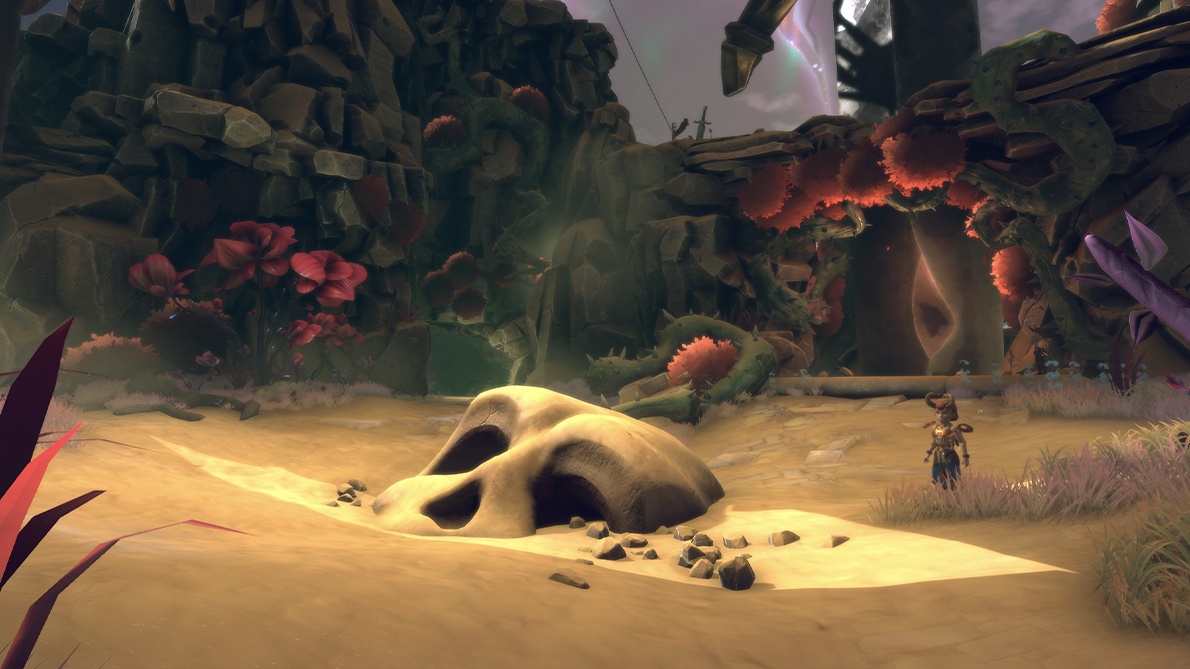
I met the team behind Cloudborn earlier this month ahead of the game's reveal at GDC '24 and they revealed this unique approach to AI and blockchain tech comes from a desire to improve creativity. The team is not using AI to generate art or replace artists, instead generative AI is being harnessed to build a genuinely living world.
Oliwer Svensson is studio creative director at Antler Interactive and explains: "We're mostly using AI in terms of the narrative aspects, the world dealing aspects, the gameplay aspects, you know, making AI an integral part of the game experience rather than the content creation."
He tells me "AI has a great potential" to change how games are made, just as I've found when speaking to the game devs behind Remnant 2 and Lords of the Fallen, but for the Antler Interactive team generative AI is best used to improve game and narrative design.
"I think the most interesting part, from from like a creative director standpoint, is the experience the player has in the game, and being able to have the AI narrate or steer part of the gameplay," says Oliwer, adding: "And an even more exciting thing in in online gameplay, where you have this deity of sorts that controls parts of the gameplay; this is the kind of thing we are trying to capitalise on."
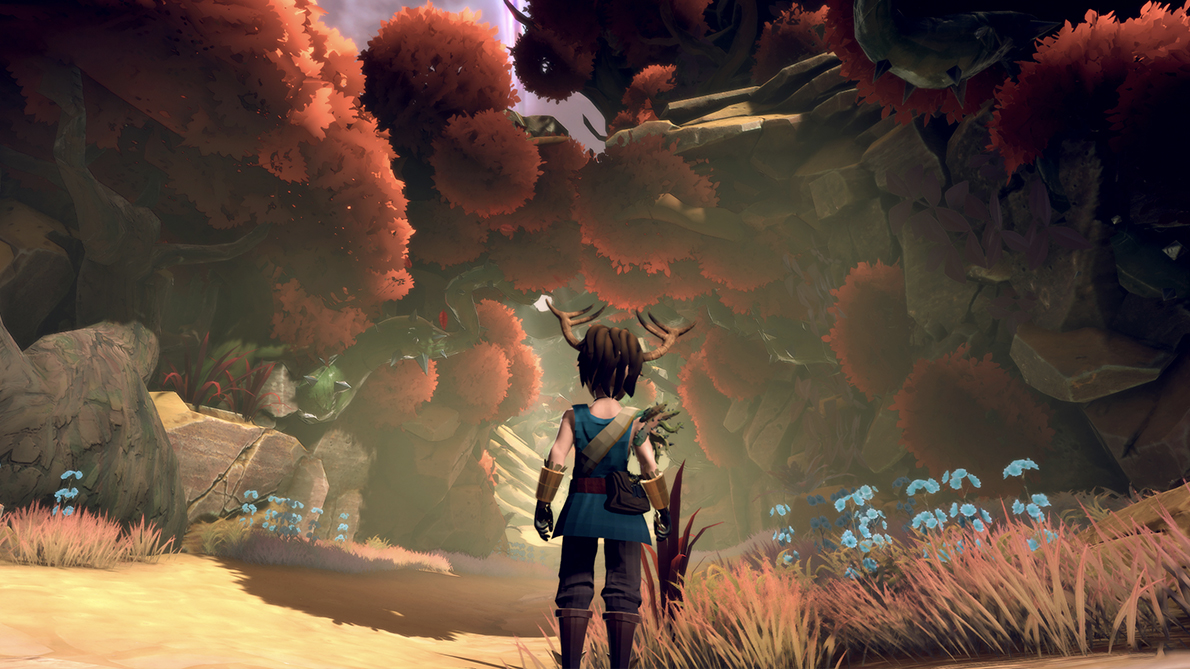
The Antler Interactive team has a background in making successful blockchain, Web3 and AR/VR games - the studio sits at the cutting edge of game tech. But core to their philosophy is making the gameplay work first, and then decide how to implement the latest, often experimental tech work.
It's no surprise to discover on top of the use of buzzy generative AI and blockchain technology is a solid game design. The world of Cloudborn, called Miyanu, is a mix of diverse environments, floating islands that host quests, challenges and enemies to encounter (a little like anime RPG Granblue Fantasy: Relink). Combat is classic turn-based strategy, with good tactical character cards and battlefield positioning key to winning.
Travelling between and exploring these islands is done using a fully-customisable airship. We're in familiar territory, but that AI tech means each character you recruit to your party, while initially crafted by the dev's writers, will grow and change depending on your actions – and your behaviour will even imprint on the world around you.
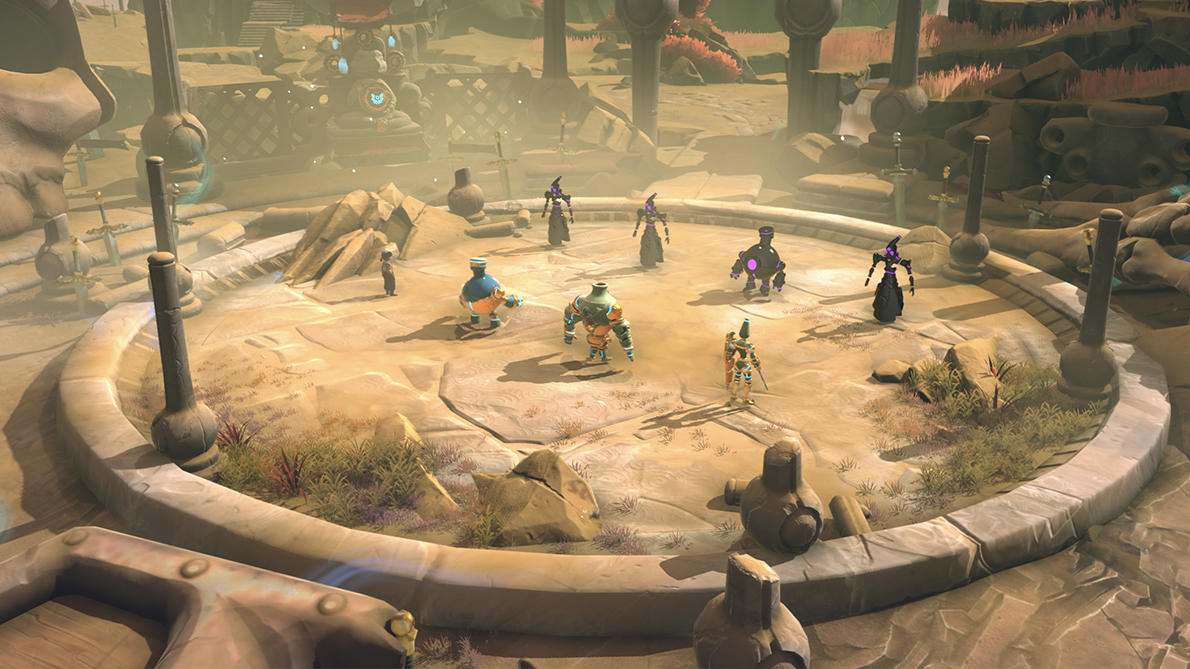
Lenny Pettersson, CEO of Antler Interactive tells me his focus is always on the world being built, the stories the team are telling and the experience they are creating. "If we can combine this with exploring the unknown and doing something that hasn't really been done before, then you have the perfect mix, I think, of something that's truly exciting and inspiring but also very challenging."
He explains how the blend of Web3 technology, AI and classic game design can create a new kind of gameplay experience: "If you power the main characters or NPCs in the game with AI you can have much more meaningful and deeper relationship, but also if those those relationship statuses or metadata is stored in an immutable state on the chain, then it really matters what you do because it's sort of a irreparable, it can't just be wiped away, which gives even more impact on your choices."
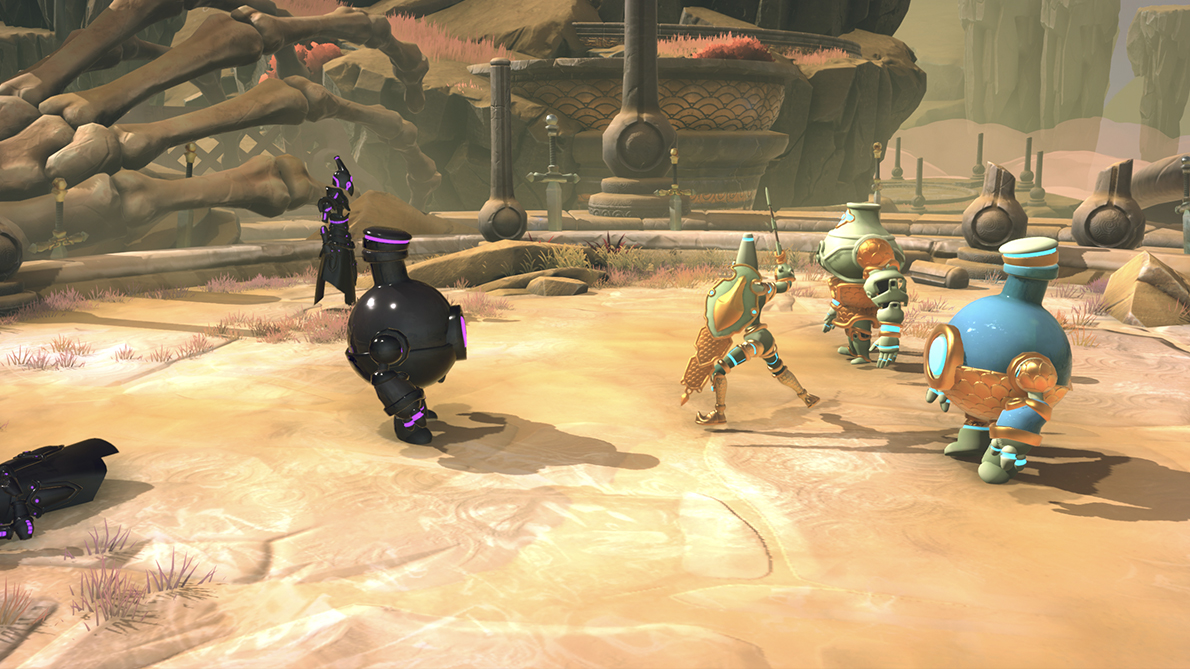
The idea that characters can be changed forever by your actions, that they'll remember how you treat them, and you can't simply delete a save game and start again, is an engaging concept. Even if a character is traded via NFT metadata the personality will remain intact and even grow. Characters in Cloudborn actually remember their past and how they were treated, bonds and rivalries carry on.
The idea of using generative AI in this way is "very unpredictable" as it can "kind of grow its own mind and change the shape the game experience", says Oilwer, explaining how despite using generative AI to grow character personalities live in the game, there's still a need for narrative writers and game designers to ensure it doesn't go haywire.
Oilwer tells me in many ways there's more writing to be done, as the AI needs to be trained to fit the game's fantasy world. It's a matter of not breaking the fourth wall. When players talk to the AI characters and they respond in ways that relate to the real world, rather than the game's world, the illusion is broken.
He says, the AI should "only speak about things relevant to its own environment, that is the most difficult part, training it with all the narrative that has been written for our game […] there's an emphasis that only knows a certain amount of things, I should only talk to you in relevance to its own experiences that has to be manually worked on by the narrative team."

Working with a self-learning generative AI to create character personalities comes down to building a framework around that AI, writing lore, stories, histories and more for the AI to learn from, reference and talk about.
Lenny says: "Narrative designers and writers still play a really crucial role, if not even more so, I don't think that will go away. And if you take that away, I'm not sure you will end up with something great; game designers is the writers are still going play a crucial role and it's really important to us, but they will, as many of us will, need to adapt and utilise these new [AI] tools so it works the way we want it to, to give the best experience."
In the past year we've seen many AI tools release that promise to speed up workflows, including Midjourney and Adobe Firefly, but these have mostly been met with controversy. Game development is a little more open to generative AI, with AI-powered NPCs already a predicted game design trend for this year, but there remains concerns for AI's impact on human creativity.
Cloudborn feels unique, however, its approach to harnessing AI to develop characters with original, unique personalities and the blockchain to ensure these remain immutable, ensuring your actions, for good and bad, are permanent, feels like a real turning point in how games could be played in the future. Behind it all is a need to maintain narrative and game designers, to keep the AI on track.
Learn more about Antler Interactive's unique approach to using generative AI and blockchain technology at the Cloudborn website.







